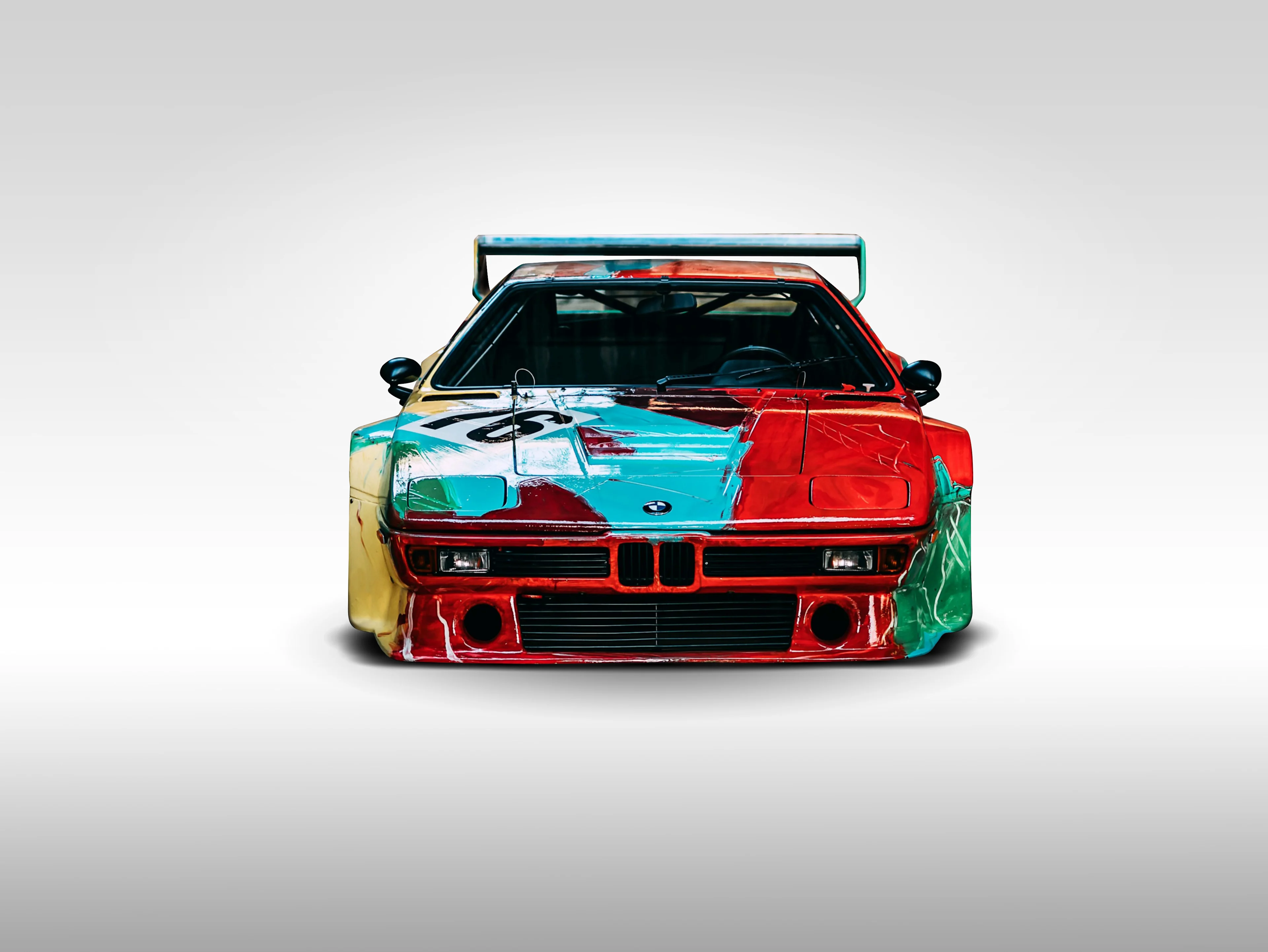
Announced today, the newest addition to the National Historic Vehicle Register is the 1979 BMW M1 painted by Andy Warhol! Presented at the 2025 Pebble Beach Concours d’Elegance, the historic M1 will make its historic USA tour debut as part of BMW’s celebration of both 50 years of Art Cars and of BMW North America. As part of the U.S. stops on BMW’s Art Car World Tour, Warhol’s automotive masterpiece will travel to Washington DC to be displayed on the National Mall for our annual Cars at the Capital Exhibition this September honoring its National Register designation. Learn more about Cars at the Capital here.
Celebrated American pop artist, Andy Warhol made his mark on this M1 factory race car in 1979 as the 4th BMW in the company’s Art Car series launched in 1975. BMW’s newly released flagship performance model, the M1, raced in Le Mans, where it took a second in class finish, and a sixth-place finish overall with Warhol’s hand laid brushstrokes adorning the angular Giorgetto Giugiaro designed body.

This vehicle is the 37th automobile to be commemorated and documented as national heritage under the National Historic Vehicle Register and U.S. Dept. of the Interior, National Park Service, Historic American Engineering Record. The photographs, line drawings and history of this vehicle will be archived in the Library of Congress for future generations in perpetuity and recognizes the car as being historically significant.
“I attempted to show speed as a visual image. When the automobile is really traveling fast, all the lines and colors are transformed in a blur.” , said Andy Warhol.
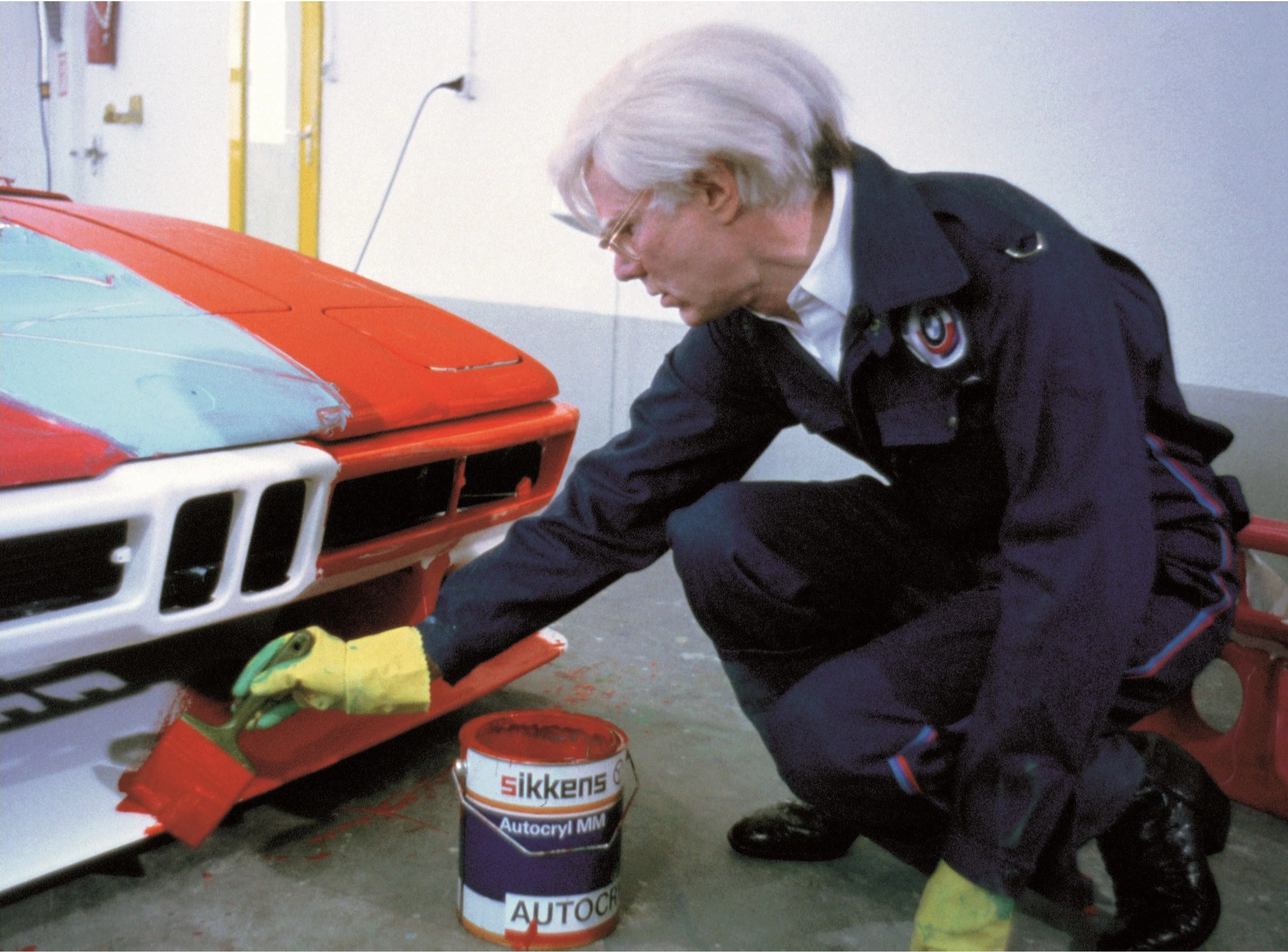
Above: Warhol hand-painting the M1.
For 50 years, renowned artists from around the world have created BMW Art Cars. The idea emerged thanks to French racing driver and art enthusiast Hervé Poulain, who, in collaboration with Jochen Neerpasch, then Head of Motorsport at BMW, invited his friend and artist Alexander Calder to design artwork for a race car in 1975. The result was a BMW 3.0 CSL that participated in the 24 Hours of Le Mans that year, captivating the public and marking the birth of the BMW Art Car Collection. Famous figures such as Frank Stella, Roy Lichtenstein, Andy Warhol, Robert Rauschenberg, Esther Mahlangu, David Hockney, Jenny Holzer and Ólafur Elíasson have since enriched the collection with their unique styles.
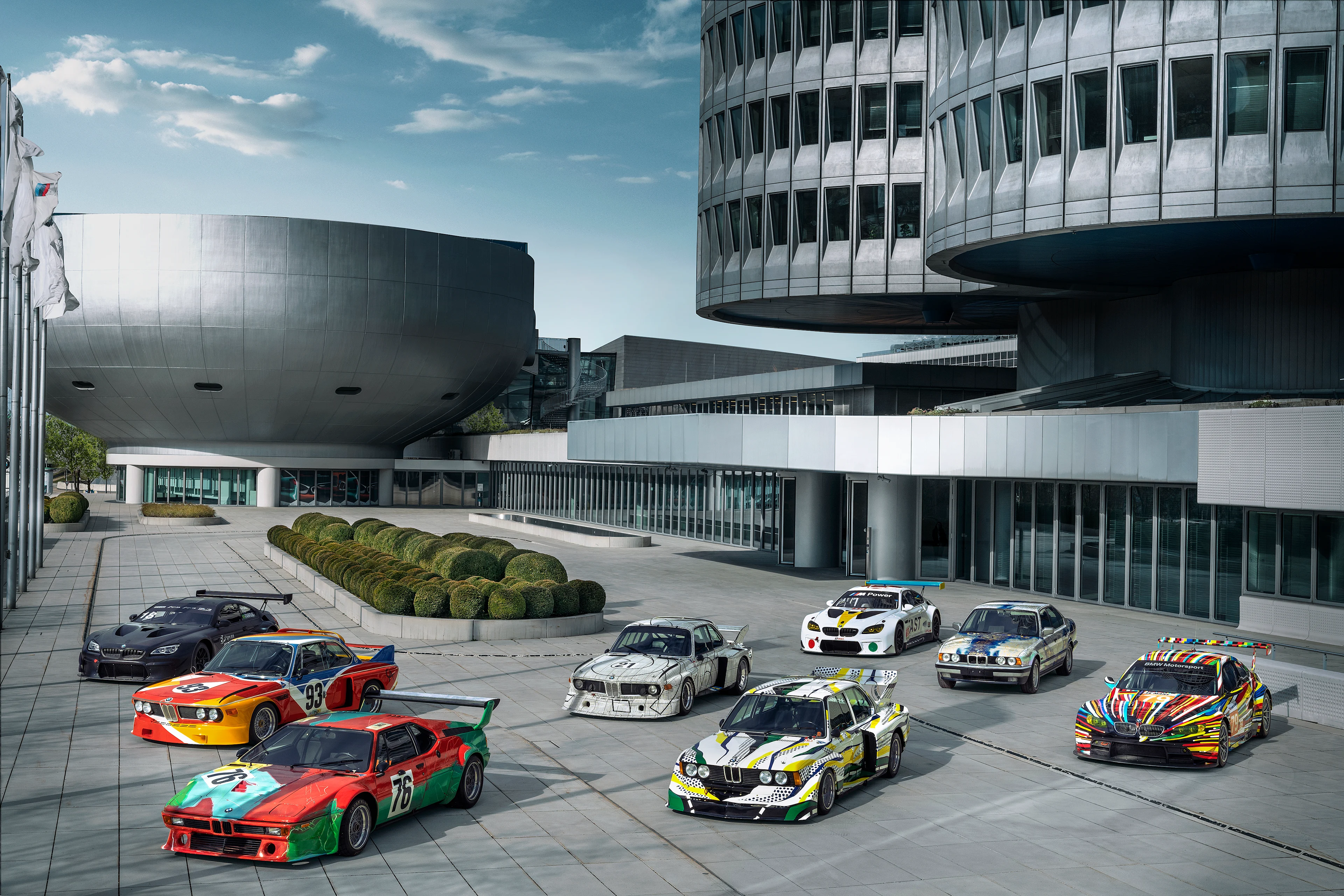
Above: Eight of the twenty BMW Art Cars.
Warhol’s creation was not originally intended to be the car we know today, however. Warhol was initially invited to design a BMW 320 touring car which would be raced by Poulain at the 24 Hours of Le Mans. When Warhol revealed his design to BMW, it came as a surprise that the windows and headlights were completely covered by the design, making it impossible to drive the car. It was then proposed that Warhol start fresh with a new supercar that BMW Motorsport had been developing – the M1.
The M1 was a complete departure from the formula BMW was known for. Inspired by the “Turbo” concept of 1972, the M1 featured a wedge-shaped silhouette concealing a spaceframe chassis and BMW’s signature inline-six engine mounted midship. In development throughout the ‘70s, the M1 was announced in 1977. It was designed to be BMW’s flagship performance car at the time and engineered to compete on the world stage. BMW Motorsport aimed the M1 squarely at the Porsche 935, which was the dominant car in Group 4 racing at the time. For the M1 to qualify, BMW was required to build at least 400 units over the course of 2 years for public sale. Penned by Giorgetto Giugiaro, the M1 was originally planned to be built in Italy with the collaboration of Lamborghini, but ultimately was completed in Germany, as the Italian automaker entered financial difficulties. From 1979 until 1981, just 453 M1’s were built, 399 being street cars. The M1 was never officially sold in the U.S., with only a handful of examples privately imported. Today, they are well regarded as one of the vehicles that inspired the supercar genre in the 1970s.
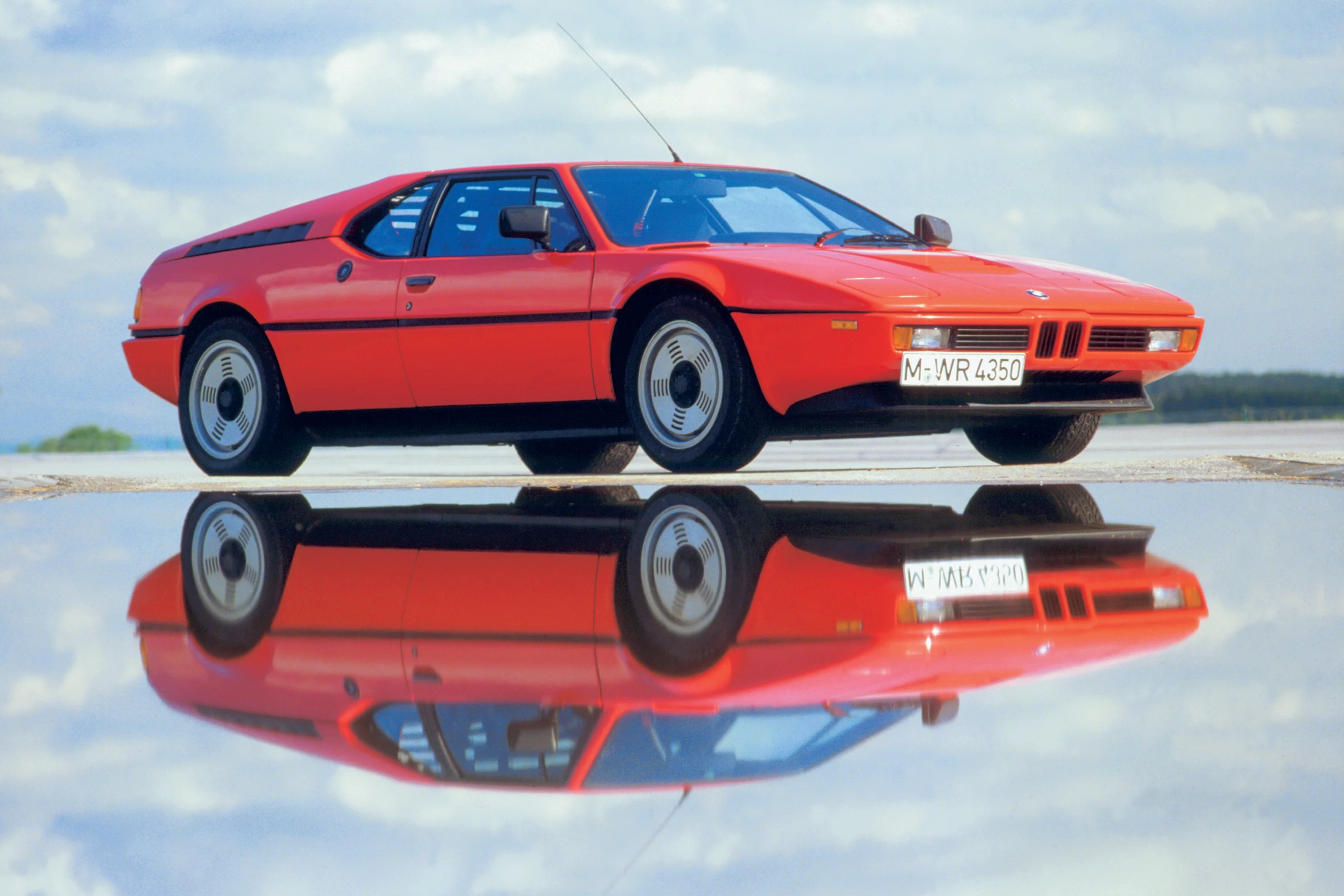
Above: The production version of the M1.
The car provided to Warhol was a factory racecar variant of the M1, designed to compete in the 24 Hours of Le Mans. This version of the M1 that Warhol painted features a more potent version of the 3.5 liter inline-six producing nearly 500 horsepower. The sleek body bulges with large fender flares to conceal the oversized wheels and tires, behind them, oversized disc brakes and double wishbone suspension at all four corners.
With the first three BMW art cars, the artist painted a scale model with the artwork to be applied to the car. When it came time to apply paint to the M1, however, Warhol was the first artist to choose to paint the car himself, rather than direct it. Warhol turned the painting of the car into a performance, applying thirteen pounds of paint to the M1’s body in under 30 minutes. It is said that Warhol painted the car so quickly, the camera crew sent to capture it nearly missed it! “I adore the car, it’s much better than a work of art.”, said Warhol.
The Art Car was entered in the 1979 running of the 24 Hours of Le Mans, driven by Hervé Poulain, Manfred Winkelhock, and Marcel Mignot. After racing day and night for 3,875 kilometers, through inclement weather, Warhol’s art car placed an impressive second in class, and sixth overall.
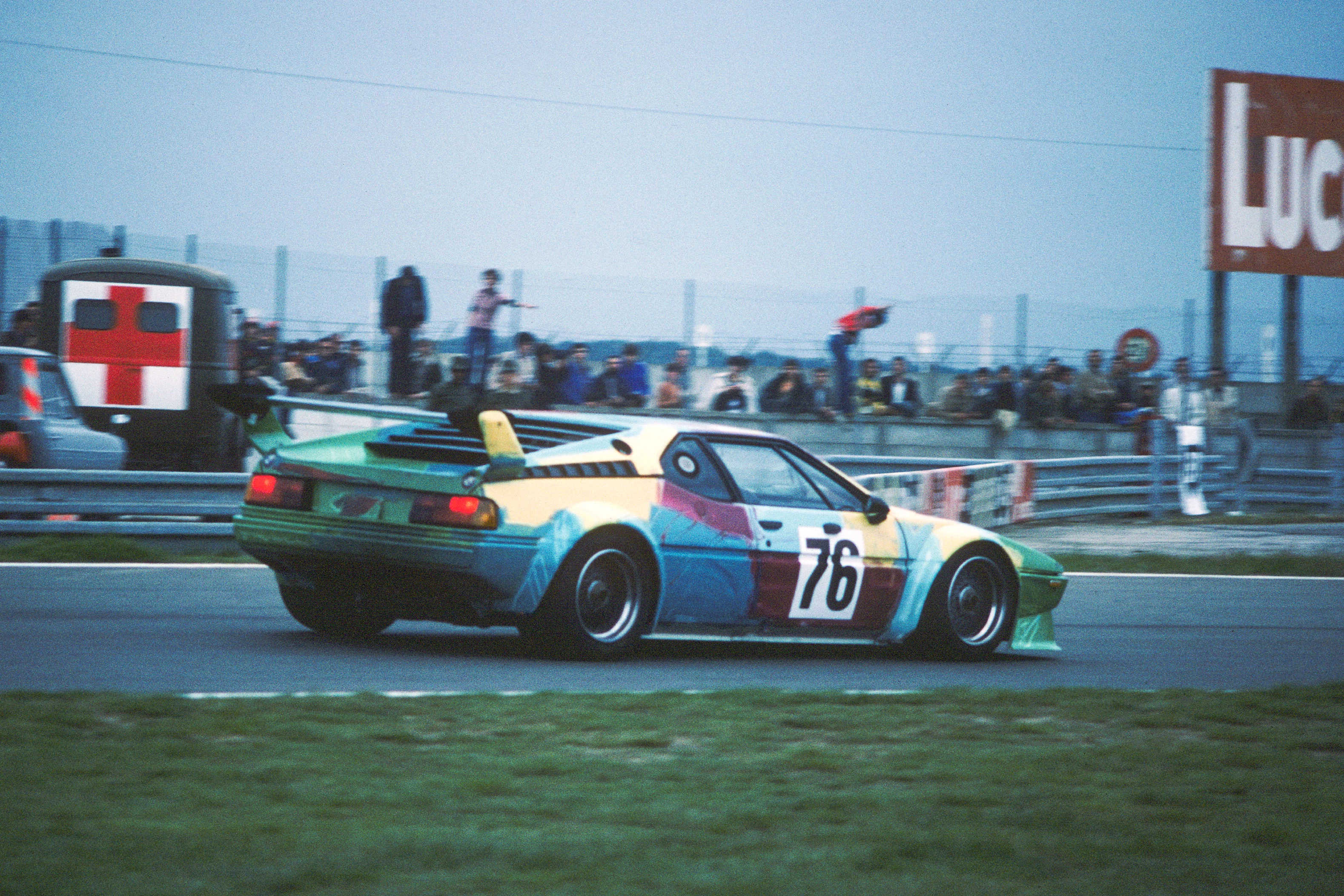
Above: The Warhol M1 during the 1979 24 Hours of Le Mans.
At the same time BMW began the Art Car collection, BMW North America formed. BMW cars had been imported to the USA since the 1950s thanks to influential and visionary importer Max Hoffman. Despite Hoffman’s work to bring over and market the German cars, the small distribution network that existed in the U.S. meant that seeing a BMW on the American road was a rare occasion. It was in 1975 that BMW began operations in the US, and now, 50 years later, BMW is one of the most recognizable vehicles in America thanks in part to the impact of the Art Cars that captured headlines and the attention of the public in museums and galleries.
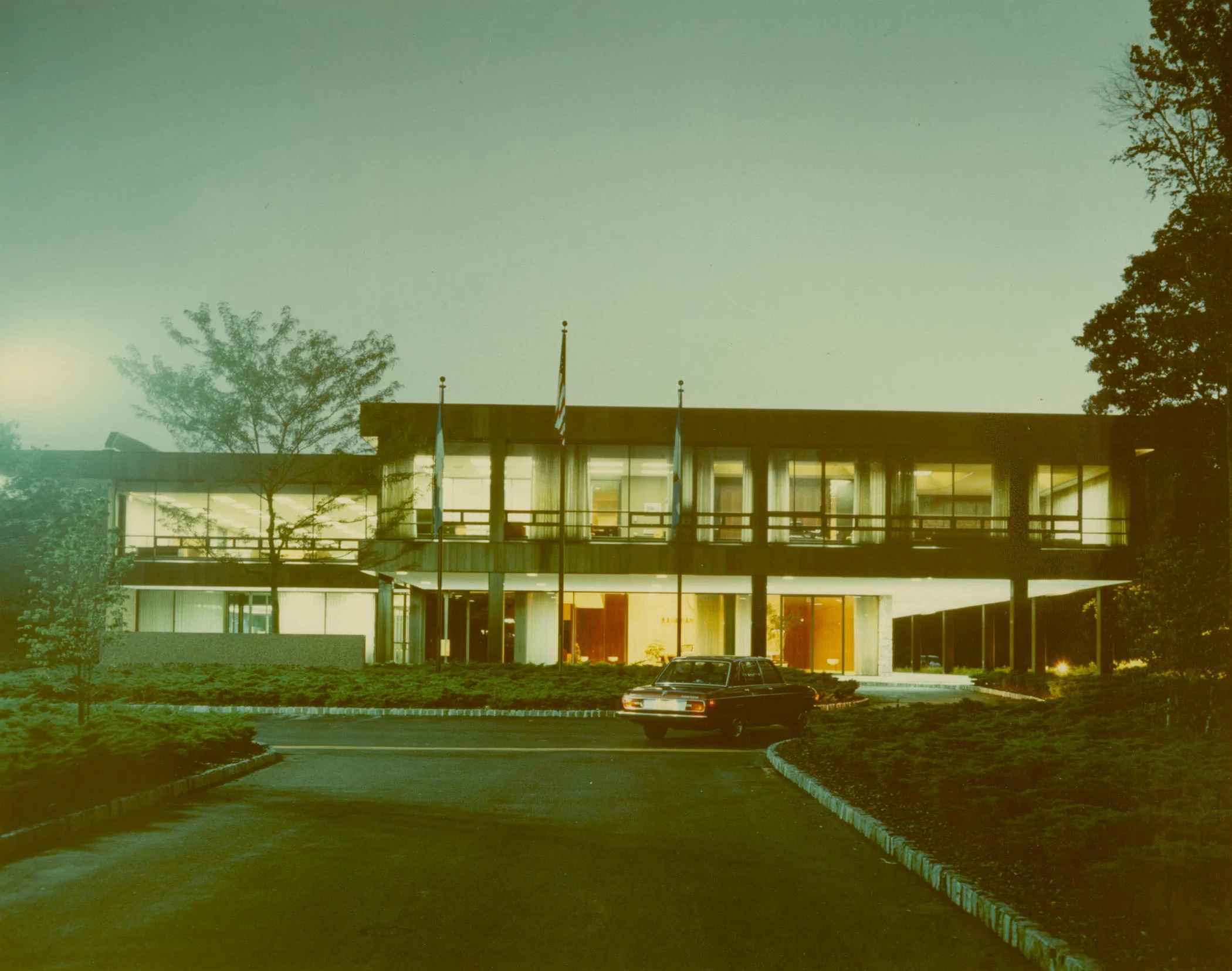
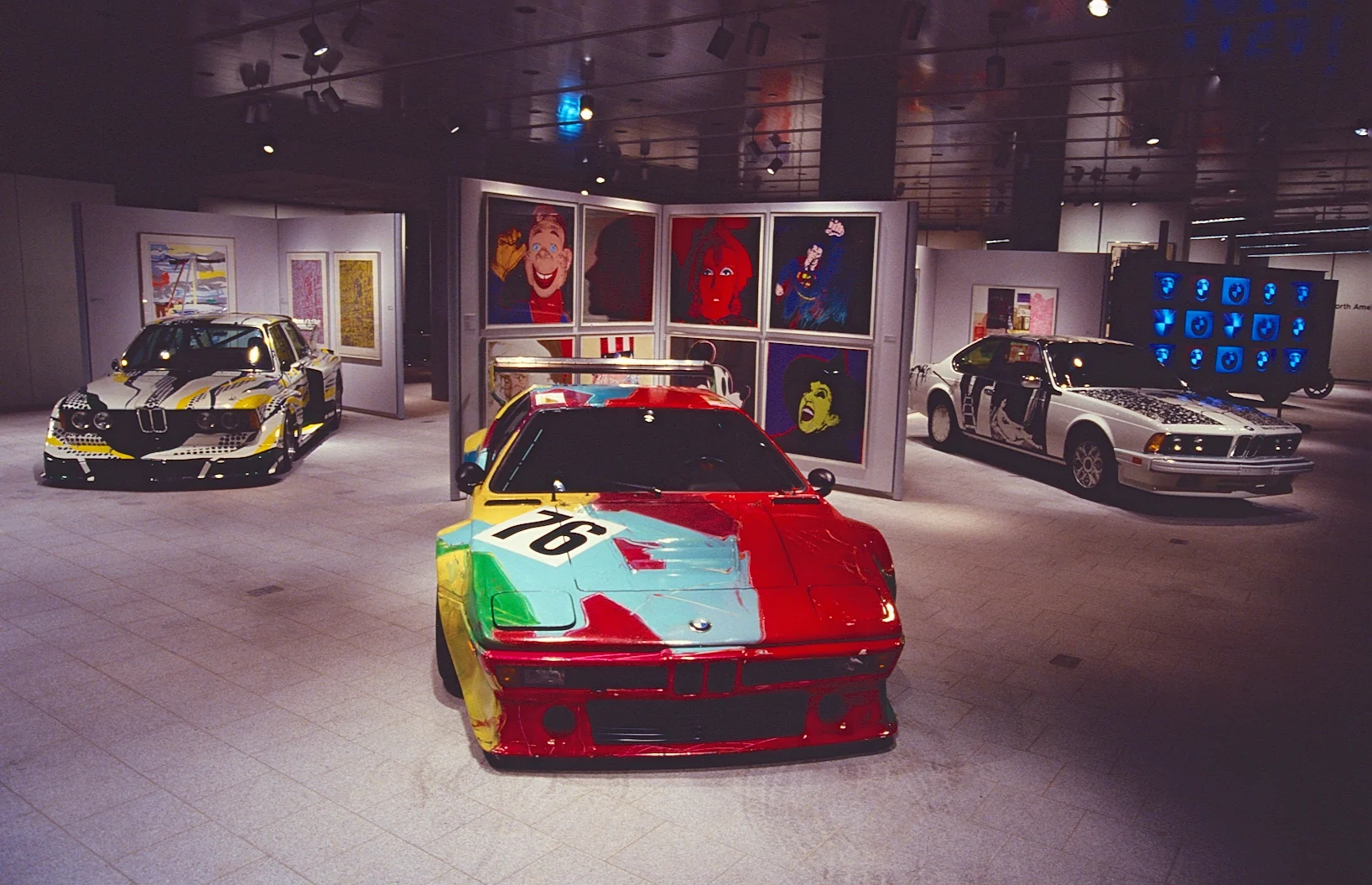
Left: BMW North America’s Montvale, NJ headquarters, 1975.
Right: BMW Art Cars on display at the BMW Gallery in New York City, 1986.
The automobile has often been described as rolling art. The BMW M1 Art Car is likely one of the most significant intersections of an American artist and an automobile – an important part of our automotive culture. The Hagerty Drivers Foundation is grateful for BMW North America’s support and enthusiasm in sharing this car during their 50th Anniversary Celebration. The BMW brand has inspired car enthusiasts in the U.S. for decades and we are proud to help preserve that aspect of car culture, ensuring our automotive heritage is never lost nor forgotten through our National Register program. Celebrate the story of the Warhol M1 with us at this year’s Cars at the Capital event, in Washington, D.C. this September 17-23!